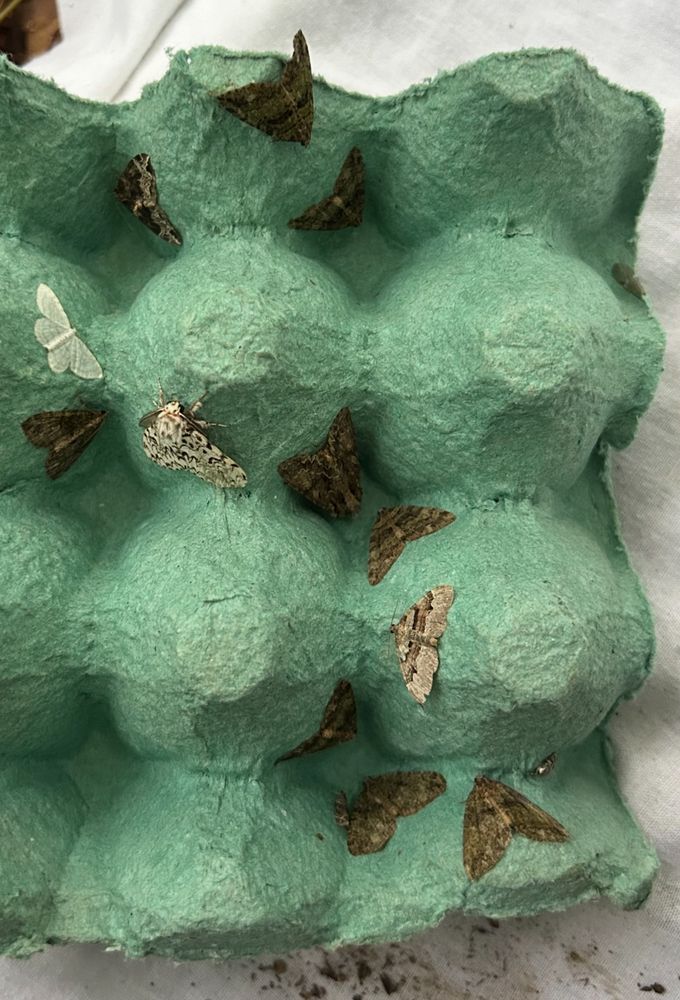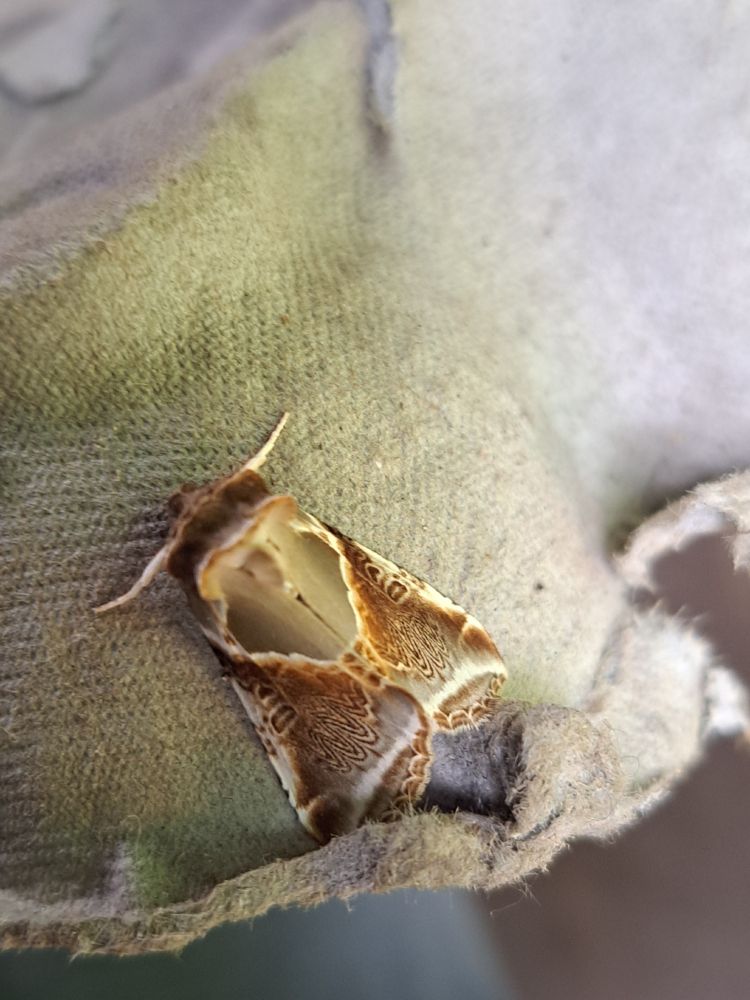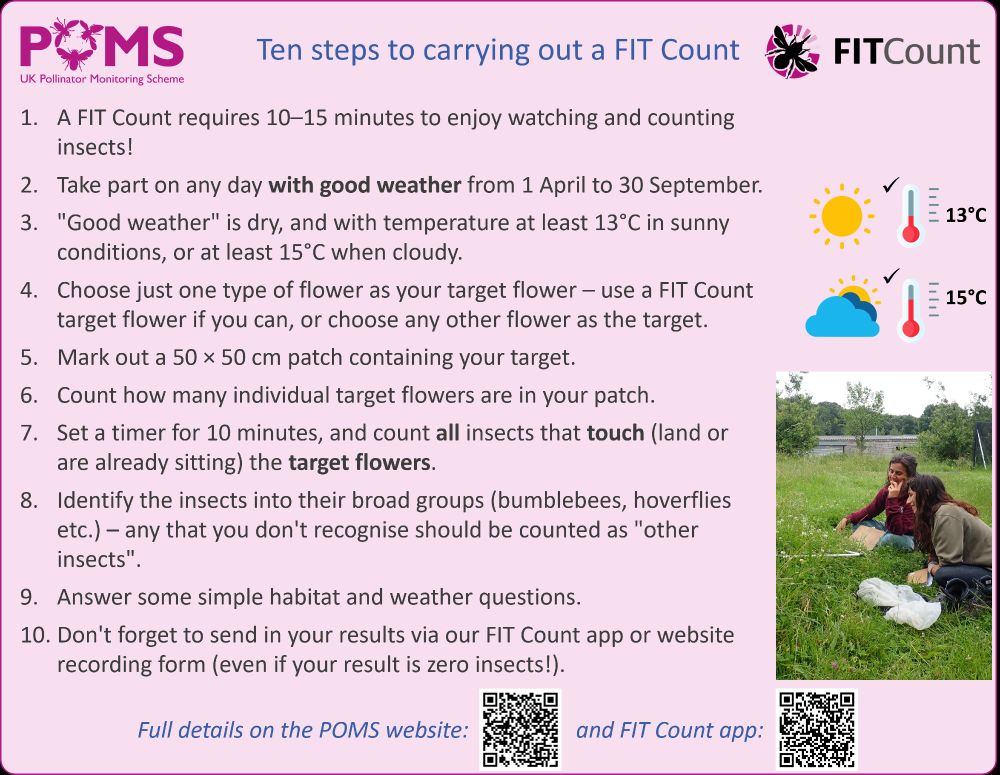West Wales Biodiversity Information Centre
@wwbic1.bsky.social
590 followers
240 following
48 posts
We collect, collate and disseminate biological records for Ceredigion, Carmarthenshire and Pembrokeshire, and promote biological recording.
wwbic.org.uk
record.wwbic.org.uk
Posts
Media
Videos
Starter Packs
Reposted by West Wales Biodiversity Information Centre
Reposted by West Wales Biodiversity Information Centre
Reposted by West Wales Biodiversity Information Centre
Reposted by West Wales Biodiversity Information Centre
Reposted by West Wales Biodiversity Information Centre
Reposted by West Wales Biodiversity Information Centre
































